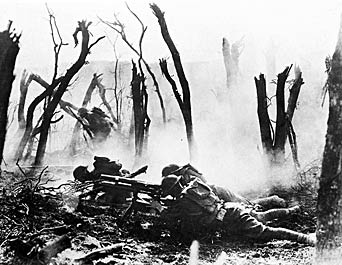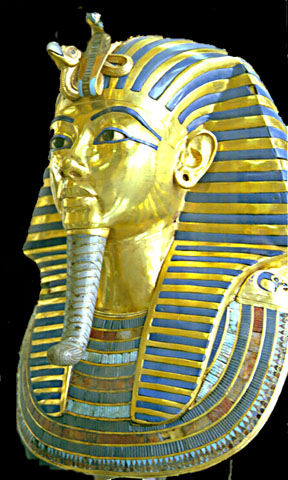|

|
| The art of Renaissance, reformation of Mythology |
When did mythology start? It started when a civilization began, when a nation gets in touch with the others. There are
many kinds of myths and legends in each different country. Therefore, I can’t tell you all of them one-by-one. Among
to popular ones are Greek, Norse, Egyptian, Chinese, Celtic, Aztec, Oceania, Maya, Indian, and Roman mythology (it’s
a bit same with Greek, since it replaced Greece).
The gradual decline of mythology started first in the Dark Ages,
people lost their confidence in their religion. Malaria spread all over the Europe, many people died everyday. And the fall
of Rome affected Mediterranean countries, and then civil war began.
Fortunately, the Renaissance revived mythology,
scholars from different nations started to learn the art and culture of Greece and Rome, this started in Italy. The Renaissance
spread over East Asia and Europe, many countries had improved their artistic culture, even new religions arose.
Now,
after the Renaissance, came the reformation of religion. There were wars between different schools of religion, like the Muslim
and the Christians. After that, every country began to improve their technology (afraid of war, I think).
Some European
countries wanted to trade with Asia, but the Ottoman had blocked the way between Europe and Asia, so the Europeans had to
sail. The ship-building skill and the technique of navigation had improved; people of Europe started to explore the sea. The
most active countries of the sea exploring included Spain, Portugal, England, and France. Businessmen of these countries sailed
to Asia; they brought not only trades, but also culture. This is why some of the countries in Asia have culture similar to
Europe’s.
During the Industrial Age, mythology falls once again. America rises, no more myths, but trades. But
China still had its own style, the Chinese still believed and studied mythology (and this is why we Chinese’s technology
is behind European countries). Some of the Chinese philosophers built a new religion, the Dao. Dao means to calm yourself
and to think clearly. Later there was Li Xue, the scholars of Li Xue kept asking the unknown and solved it.
But when
the Europeans attacked China, these studies stopped. War always hinders studies.
And When World War I and II happened,
mythology fell entirely. It revived after 1970s (after the Vietnam War, I think). Now, people start to combine mythology with
scientific facts, since mythology is a part of religion.
And I think I can remember where I put my old books, since
I typed this whole passage without even taking a glance at my history text book…

|
| WW1, the decline of mythology studies |
|
